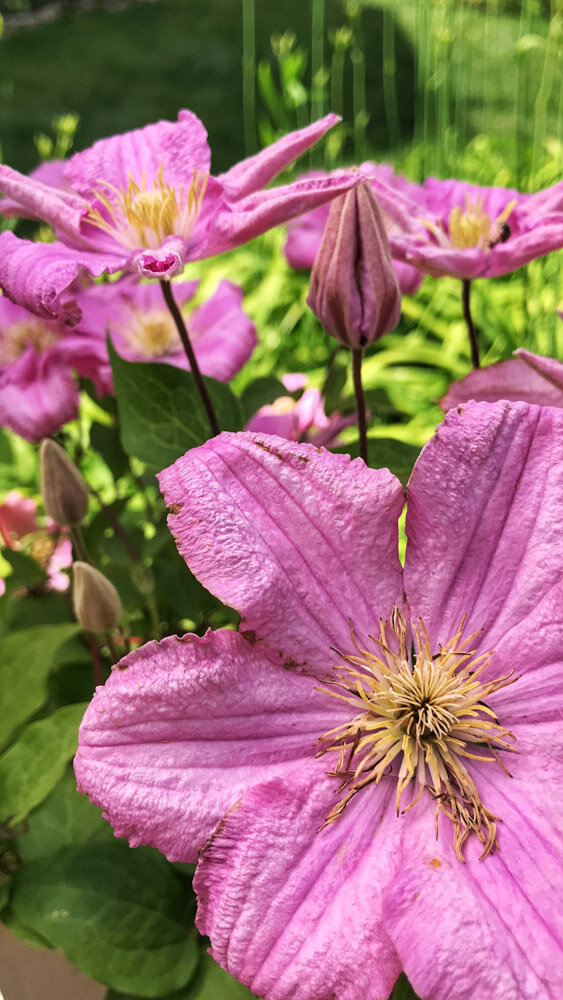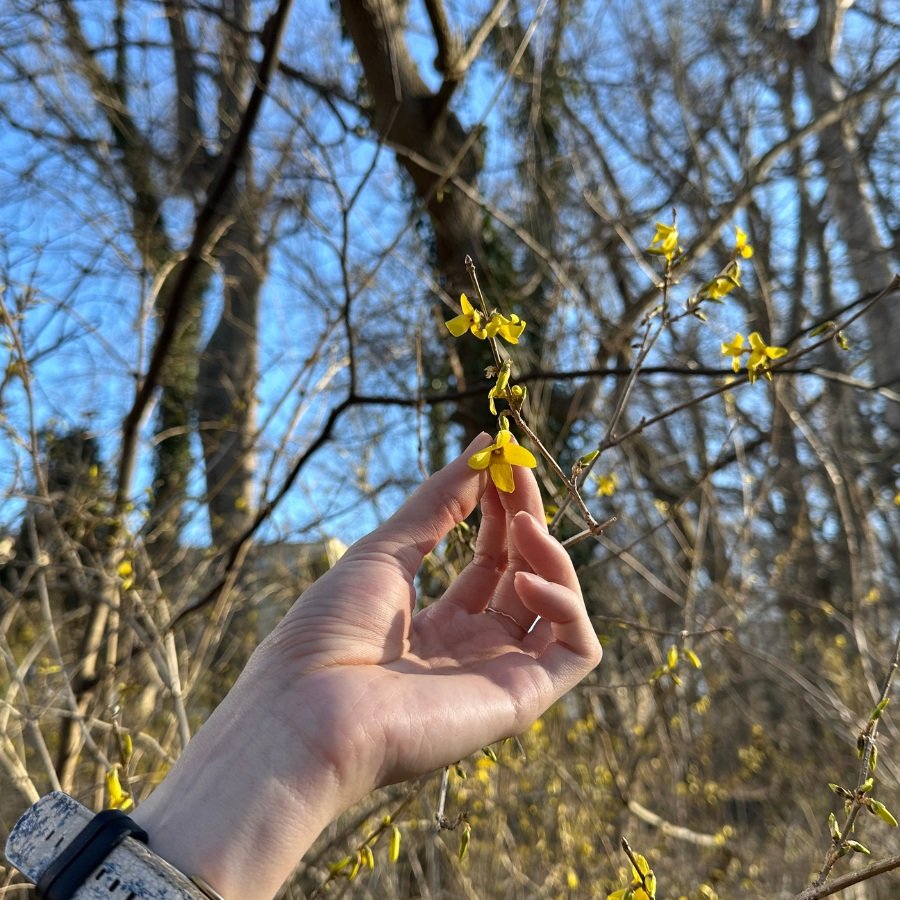Ask An Expert: 7 simple tips for photographing the Potomac River
/Learn to capture the beauty of local waters and wildlife like a pro!
Photographer William MacFarland (left) and his image of a damselfly on the Potomac River (right). Damselfly image © William Macfarland, Macfarlandphoto.net.
Professional photographer Bill MacFarland has traveled the globe to capture stunning images of wildlife and landscapes, from leopards in Tanzania to bison herds in Yellowstone National Park. Yet his favorite photography subjects remain the local waters, lands, and animals of the Potomac River region.
Bill knows how much beauty (and adventure!) can be found in exploring local gems like Kenilworth Gardens, Blackwater National Wildlife Refuge, Muddy Branch trail. He also understands how photographing your local environment can deepen your connection to it, turn you into a passionate conservationist, and save you a fortune on airfare!
“I’m finding endless subjects to photograph in the nearby Potomac River... The light on the river at dawn and dusk is incredible. Whether it’s landscapes, macro or wildlife, it’s all on the river.”
If you want to take a page out of Bill’s book, discover the world-class wonders of the Potomac River, and even improve your cell phone photography game, read on for his 7 simple tips for shooting nature>
Tip #1: Have a clear subject in mind.
No subject? No click!
Your subject is probably obvious for you, the photographer. But what about the person viewing your image? Have you framed the shot such that the subject is obvious to someone else?
The light was just perfect on this eastern redbud tree at Theodore Roosevelt Island, but something was missing. The tree alone, while beautiful, was not a commanding enough subject for an image. Luckily a canoe showed up just in time to provide my subject with the perfect image.
See tip #2 to help you develop your concept of the subject.
Tip #2: Be curious!
Walk around your subject - be curious about why it caught your attention. What is the light? The texture? The subject matter?
Think about the best way to capture the characteristic that inspired you. What camera angle should you use? How should you frame the shot to best capture that element?
I probably have 20 different versions of this lotus flower from Kenilworth Aquatic Gardens. I had to rework the image multiple times before settling on this particular angle showing the seed pod poking out from behind the petals.
Tip #3: Deliberately look at how the light falls on your subject
Sometimes the light is more important than your subject. (Sorry!)
The best light comes at certain times of day or during certain weather. The first and last hours of daylight are frequently the best because the light is indirect.
Partly cloudy days can be best for illuminating your subject without harsh light. Overcast days are great if you are adding light (via flash or LED light).
Initially what caught my attention was a cluster of damselflies buzzing around a small island in the middle of the Potomac River. As I put my camera to my eye, something magical occurred as I just happened to see the light reflect off a damselfly’s thorax. “That’s what this image is about",” I told myself. I spent 15 more minutes trying to capture a damselfly in the right pose with the light perfectly reflecting off of it.
Tip #4: Do what’s obvious first…then play a little…then play a lot!
Move your subject around inside the image frame. Try shooting from below and above. Try getting too close and cutting off less critical parts of your subject. Try vertical and horizontal frames. Try shooting in harsh light and make the harsh shadows your point of interest.
The sunflower fields at the McKee Beshers Wildlife Management Area are a beautiful story of flora and fauna conservation, and a great opportunity to develop your photography skills. I spent at least an hour with this one particular sunflower early one morning! I got images from every angle I could possibly think of, and ended up loving this one take from the back-left side of the flower.
Tip #5: You need to make time to make images.
Good images don’t come from a busy mind or crowded schedule. You need to allow time for your attention to be captured by something visual.
If you are making time and not seeing anything, try slowing down or taking a new detour from your planned path. Have a mission, but be open to being side-tracked (literally!).
Kenilworth Aquatic Gardens is a favorite spot for building my creativity. I usually start by getting the images that catch my attention first. I try to finish my visits by just standing and watching the people, flowers, and critters that I can see. That usually results in at least one eye-catching image every visit.
Tip #6: A little post-processing goes a long way
In other words, don’t over process! Have patience, let the image sit for a day before your process it (yes, wait!).
For every step of your editing process, after you are happy with your settings, try dialing them back 25% or more.
Let it sit for another day after you process it (yes, more waiting!). Then come back to the image to see if your edits have gone too far.
Alright, I need to be honest. Many of my images start out being over-processed. This image of a thistle from Shenandoah National Park has a painfully overly saturated and high contrast version that will never see the light of day!
After letting the processed image sit for about two weeks, I came back to it and the problems were obvious. The version you see here is much more natural, so that it brings me back to the original setting every time I look at it.
Tip #7: A few camera 📱phone tips!
It’s too easy to take a picture with your phone. Slow down and frame your shot. If you end up shooting too quickly, try going back later and deleting the shots that aren’t the best. It’s difficult to do but will train you to slow down.
Try using your phone in video mode, but tap the shutter button while video is being captured. You can get a wider format this way (but don’t forget to delete the video!).
Camera phones shoot wide and tend to keep everything in focus. Be sure to identify your subject and get closer to your subject than you expect to have to be.
In truth, I find shooting with a camera phone much more difficult than a DSLR. It can be tricky to isolate your subject with all the depth of field from a cell phone camera.
I will admit though, that once I found my favorite setting for my iPhone, I had the image up on the web within 5-minutes. Perhaps I need to shoot with my cell phone more often!
Want to see more of Bill’s work and discover how he’s using his images to promote conservation of the Potomac River?
Check out his nature and wildlife photography blog at MacFarlandPhoto.net!





















